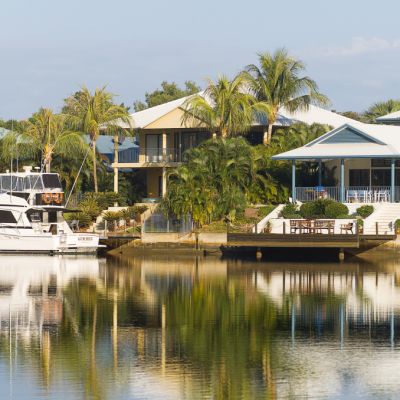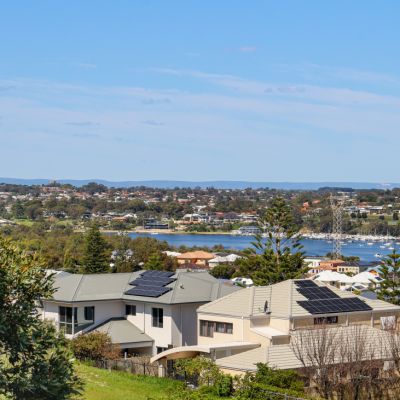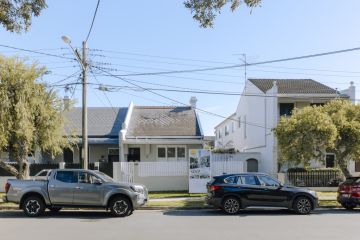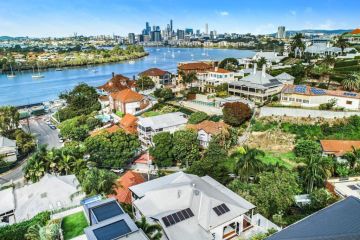New data shows lifestyle remains a top priority for Australian buyers and renters
Many Australians today yearn for sunshine, beaches, lush hinterland: a more relaxed lifestyle and property that won’t break the bank.
A series of new reports on national relocation trends show the same national hotspot that meets those criteria – regional Queensland.
While the unprecedented migration that began just before COVID may have slowed, it shows no signs of stopping and still presents excellent potential for investors.
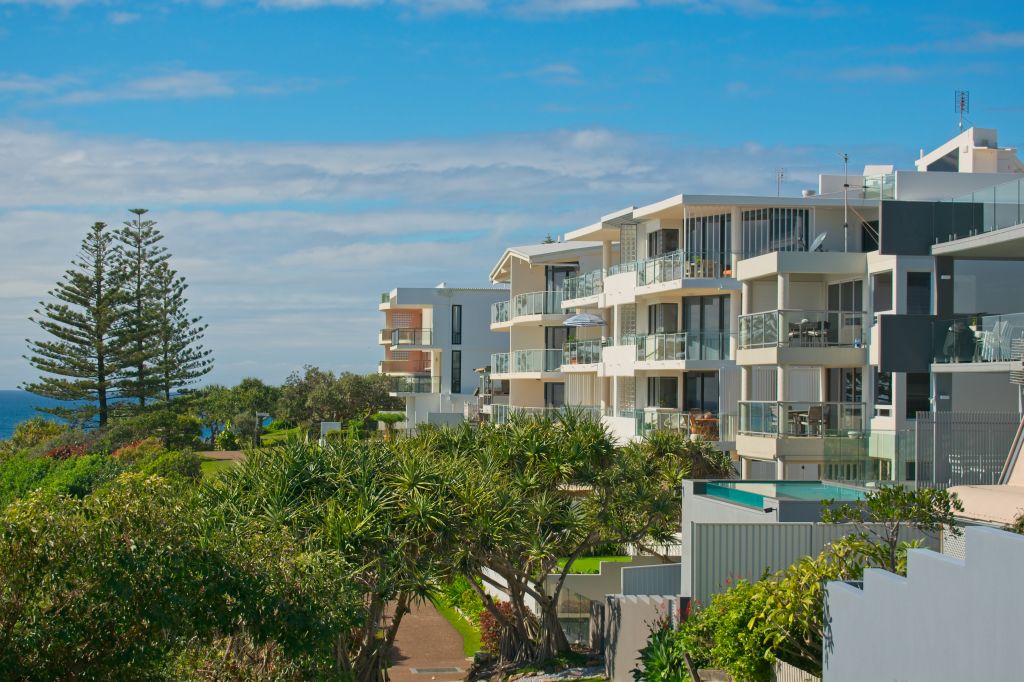
“This is the area still topping relocations with 2.48 inbound family moves for every outbound move,” says James Morrell, chief executive of moving specialists Muval, whose data from 41,000 family moves around the country shows the Sunshine Coast as the most in-demand region nationally.
“There’s a lot of development happening and, with flexible working, people are reevaluating their lifestyle choices and opting for the best of both worlds.
“It means they can be close to a beach, work occasionally in the city, and buy a home that’s more affordable with cash left over in the pocket.”
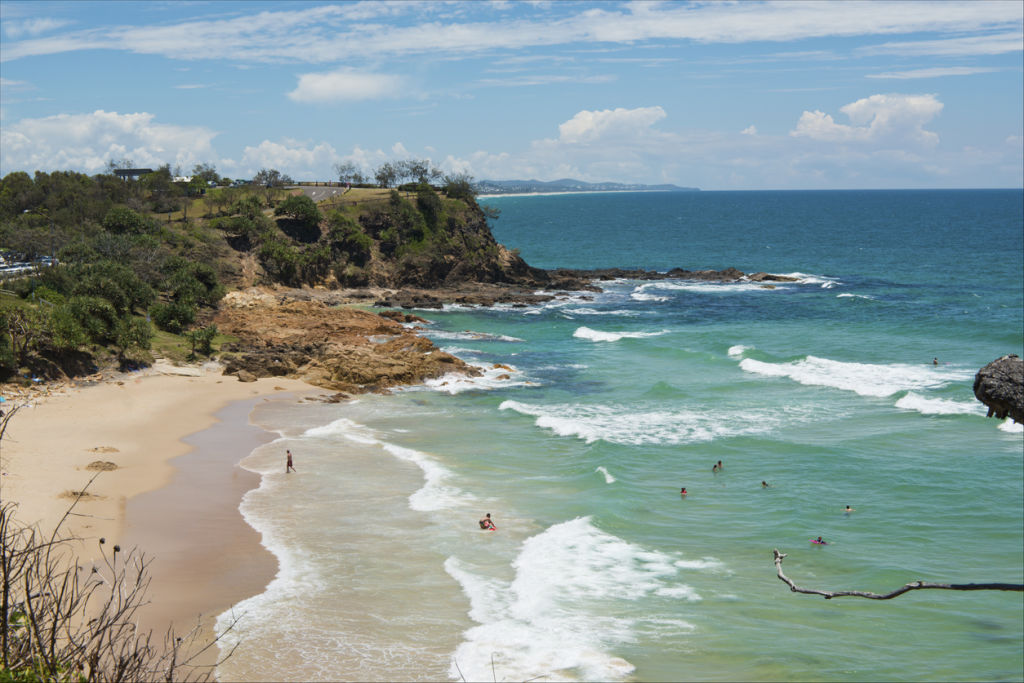
Domain research reveals unit price growth of 12.6 per cent over the last year in regional Queensland, and house price growth of 17.1 per cent, second only to regional Western Australia.
While the town of Noosa is now extremely expensive, with a median unit price of $1.24 million, the more suburban Sunshine Coast and hinterland areas are a great deal more reasonably priced, Morrell says.
As a result, with so many newcomers, there’s a strong rental market and likely continued capital growth.
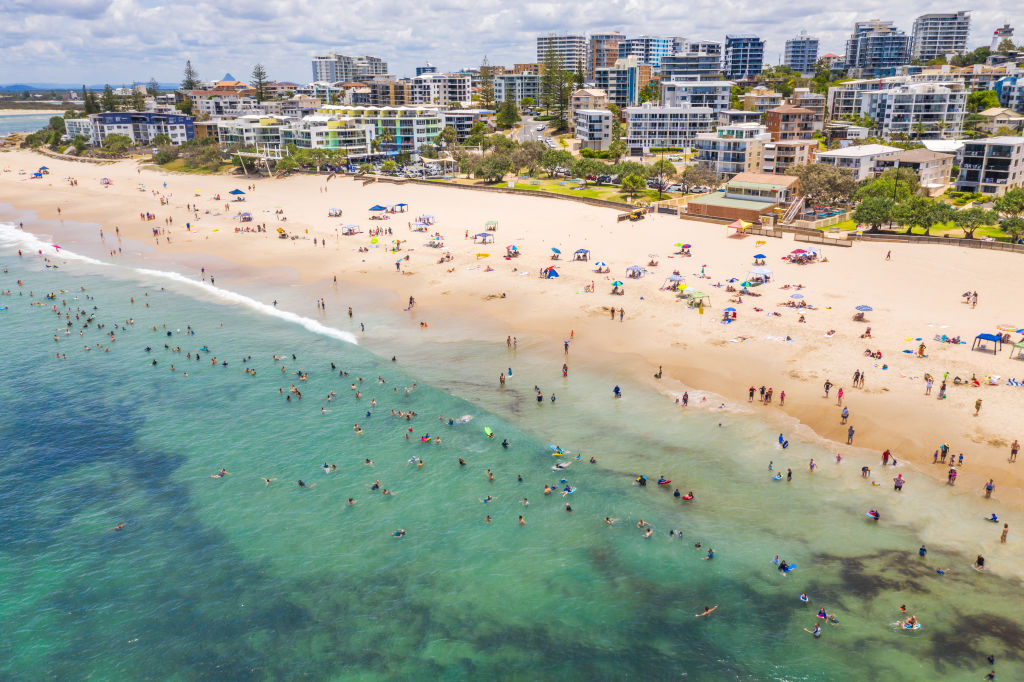
Regional Queensland is also highlighted by the latest figures from the Regional Movers Index (RMI).
Josh Foster, the acting executive general manager of regional and agribusiness banking at CommBank, which partners with the RMI, says it’s “incredibly strong”.
It’s not only driven by warmer weather, he adds. It has more affordable housing, an attractive lifestyle and industrial infrastructure projects like the CopperString 2032 high-voltage transmission line set for completion in 2029.
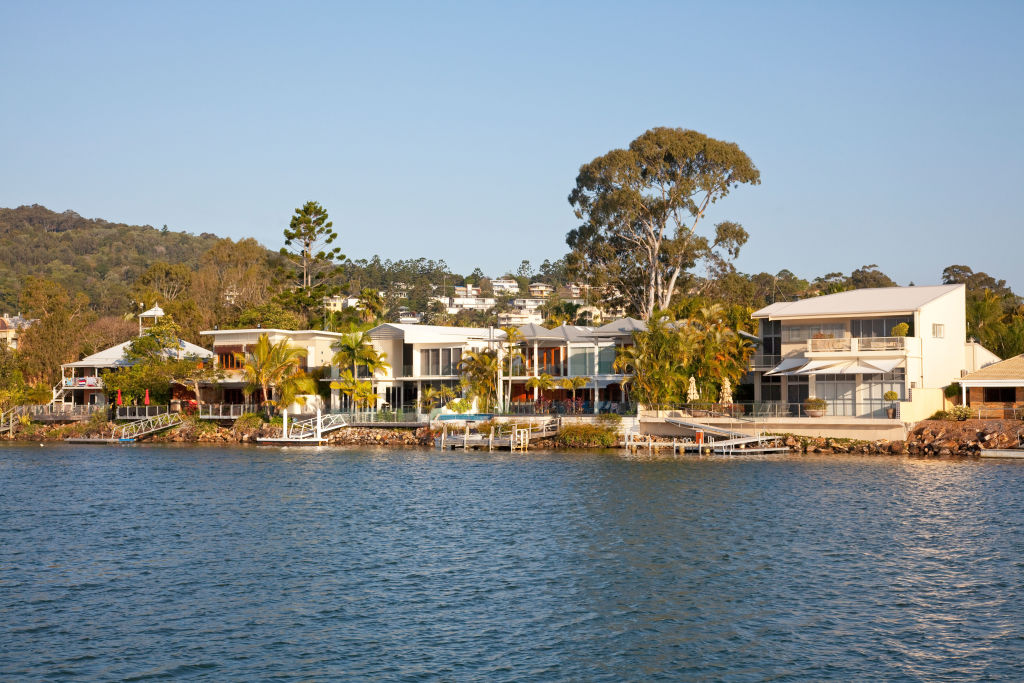
“People are moving to the Sunshine Coast and the Gold Coast but also to other regional centres like Townsville and Gladstone,” Foster says.
“There is significant investment in regions like these, [with] job opportunities and quality locations with good amenities that make them very attractive.
“Living in these areas no longer involves the same sacrifices that they once used to, with good schools and lots of lifestyle factors.”
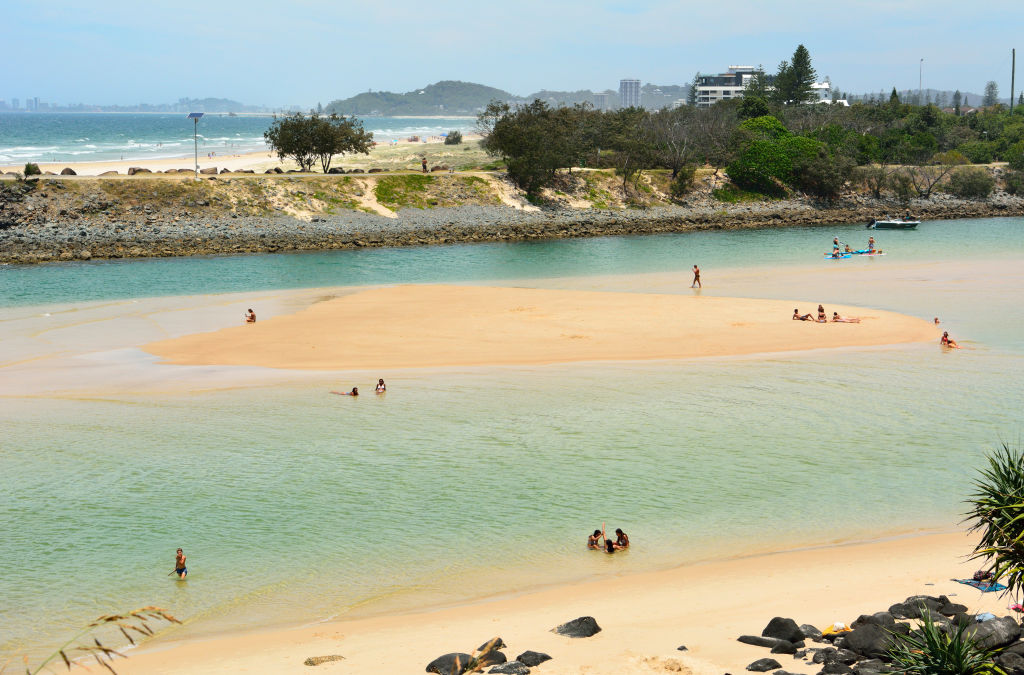
A new report from the Real Estate Institute of Queensland (REIQ) also attests to the strength of the regional housing market.
It found the regional Queensland median house price had risen 61.22 per cent in the last five years, and units by 66.23 per cent.
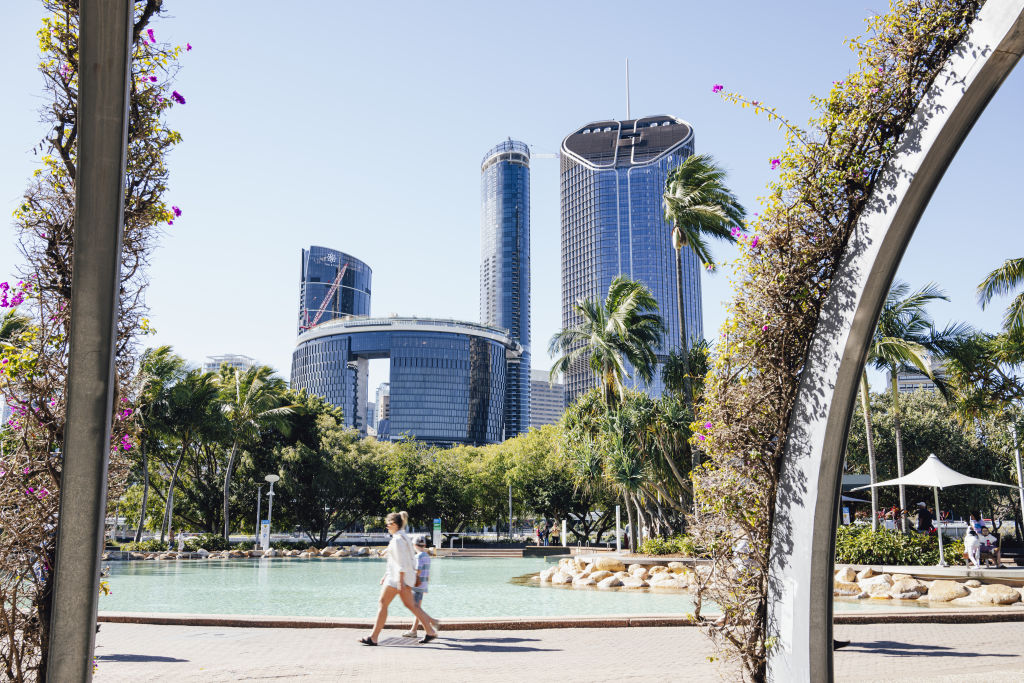
“The growth has been extraordinary and the data shows price growth in the regions outstripping that in Greater Brisbane,” says REIQ chief executive Antonia Mercorella.
“That really speaks volumes about their rising appeal with not only strong interstate migration, but also people selling up in Brisbane and cashing in and shifting to the regions where their dollar goes further.
“Prices are still moving in a northerly direction, but we’re seeing some stabilisation of price growth, and it’s not at the same pace.
“The affordability edge has diminished somewhat. But the liveability and prospect of the 2032 Olympics coming … creates a lot of opportunities.”
We recommend
We thought you might like
States
Capital Cities
Capital Cities - Rentals
Popular Areas
Allhomes
More
- © 2025, CoStar Group Inc.
